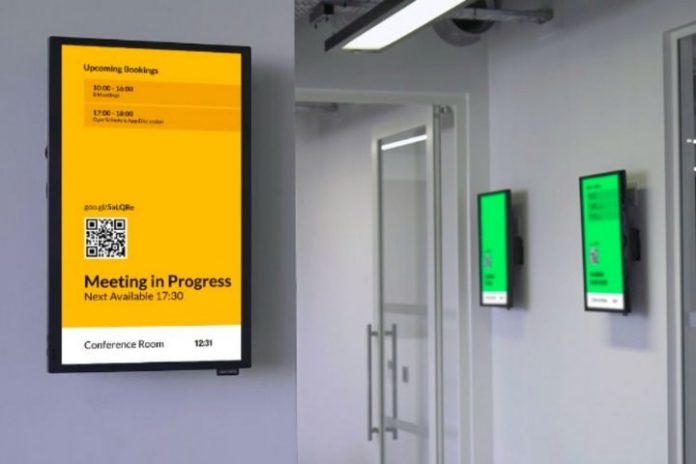The use of digital signage creates numerous new opportunities to replace static signage and traditional billboards. The digital screen information systems are a great opportunity for companies to attract the attention of their target group.
Digital signage impresses its various advantages and a significantly higher return on investment than classic static advertisements. Digital signage allows advertisers to always display the right information at the right time in the right place. This type of advertisement generates a high level of attention due to its extremely high topicality and moving content.
In addition, digital signage systems are characterized by a high level of cost-effectiveness. The plans only have to be purchased once – in contrast to posters, which require repeated print runs.
The following article explains what exactly is behind digital signage, how the systems work, and the technology’s locations.
The Different Technologies
Digital signage can be implemented in many different forms and covers an extremely wide range of applications in almost all industries. In the area of digital signage, you can find simple, running texts and automatically updated timetables as well as high-resolution plasma screens with audio playback and video streams.
Different technologies can serve this diverse range of applications. For example, a digital display can be provided by a high-definition television screen, the contents of which are broadcast by a nearby networked media player. In addition, HDMI or VGA plasma screens can also be supplied with range via remote computers. In some cases, CATx cable connections or serially controlled text displays are also used and a combination of the technologies mentioned.
The respective source can supply a large network with countless displays in different locations or just a single screen with exciting, dynamic content. This high degree of flexibility in the design of the digital signage systems results in an extremely large variety of areas of application.
Areas Of Application Of Digital Signage
In retail, digital signage is particularly popular in touch screens or point-of-sale displays. In the shop window, too, the inviting, colorful monitors ensure that the attention of passers-by is sure to be won.
Dynamic menus that automatically switch between dinner and lunch or hide dishes that are no longer available are very popular in bars and restaurants. Digital signage is also used to entertain guests by showing sports programs or other interesting content on multiple screens.
On the other hand, Hotels can use cleverly positioned displays for advertising certain events, events, or offers and provide their guests with helpful tourism tips. Digital signage is also well suited to make room allocations visible for conference participants.
At airports, the technology can be found in legible, high-contrast displays for baggage information or flight details. In addition, the monitors are used for basic orientation and as signposts to the security stations.
In addition, there are numerous other areas of application for digital signage, for example, as information in public facilities, in company reception areas, as patient information in practices or hospitals, in universities and schools, or at entertainment and sporting events. Digital signage is also extremely popular at trade fairs.


